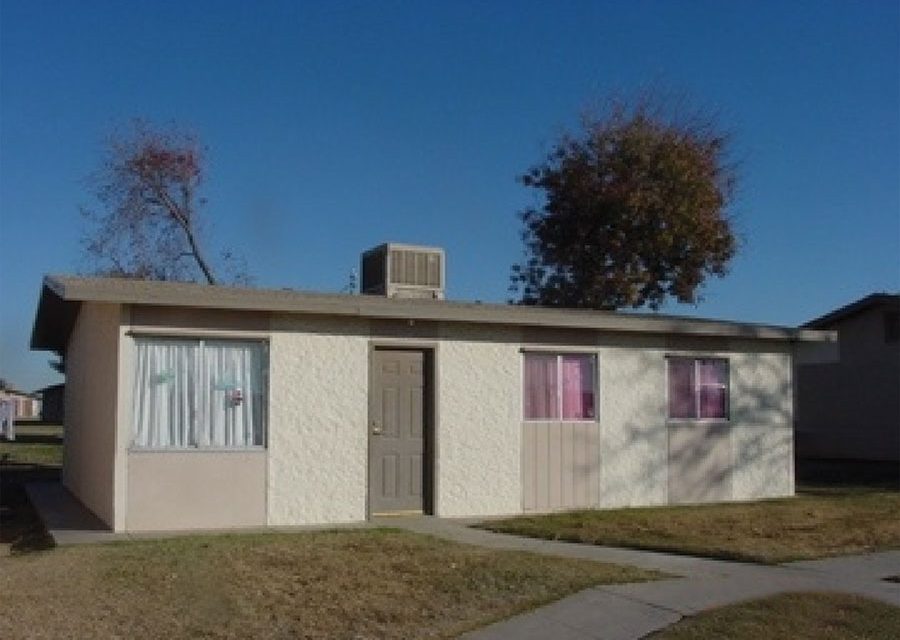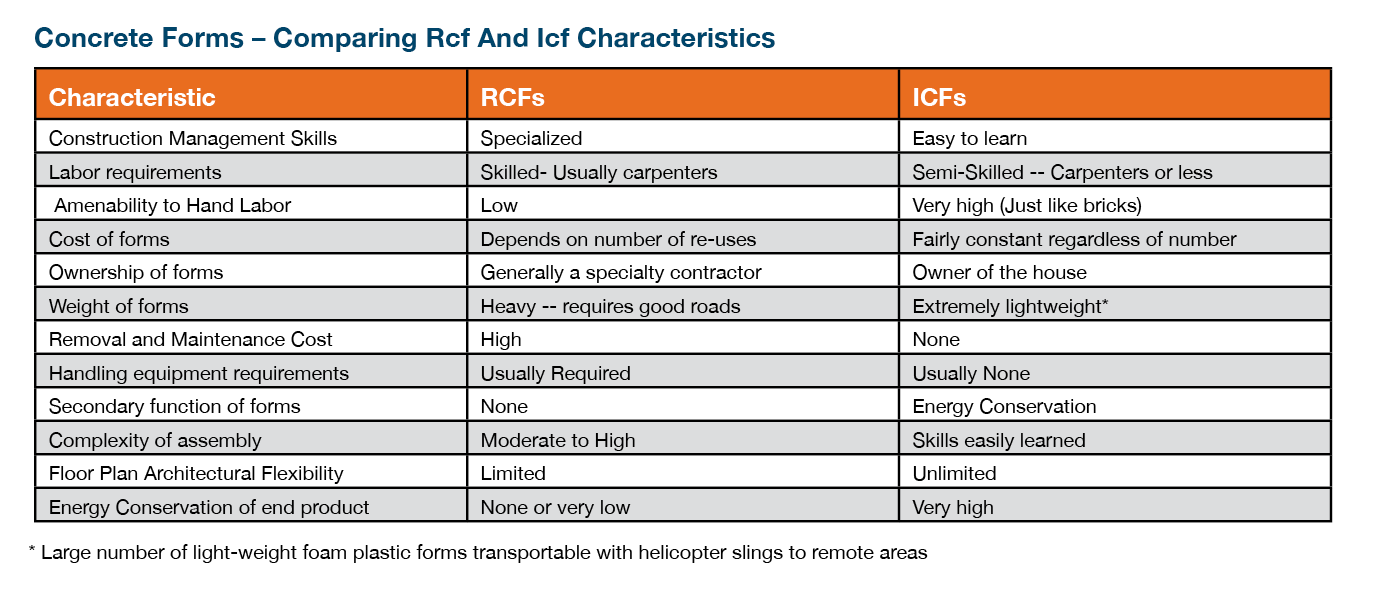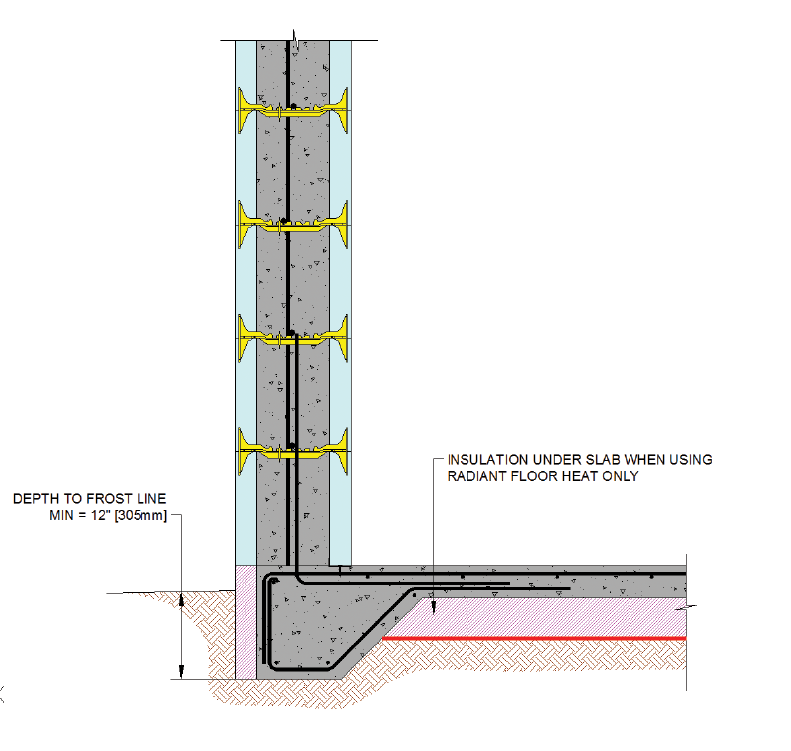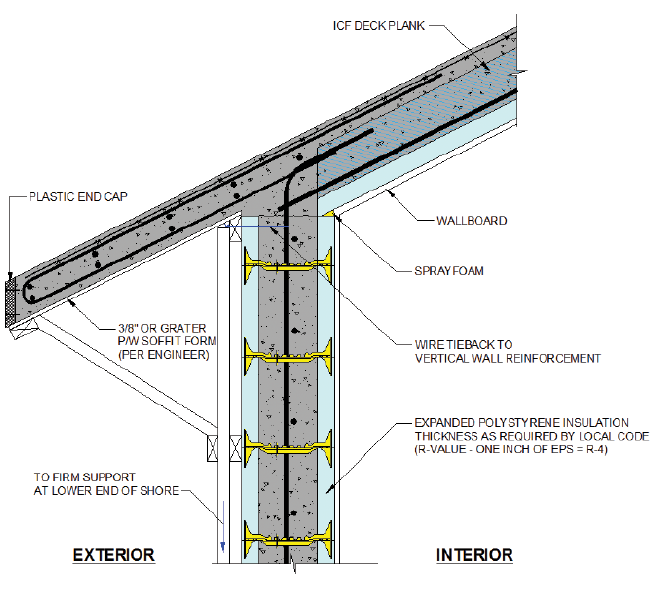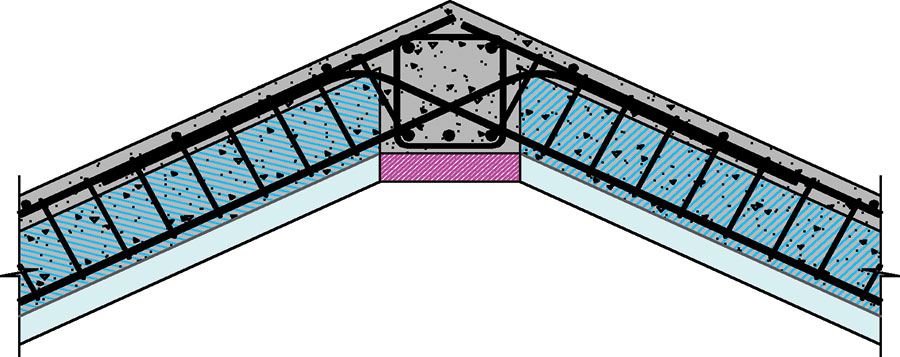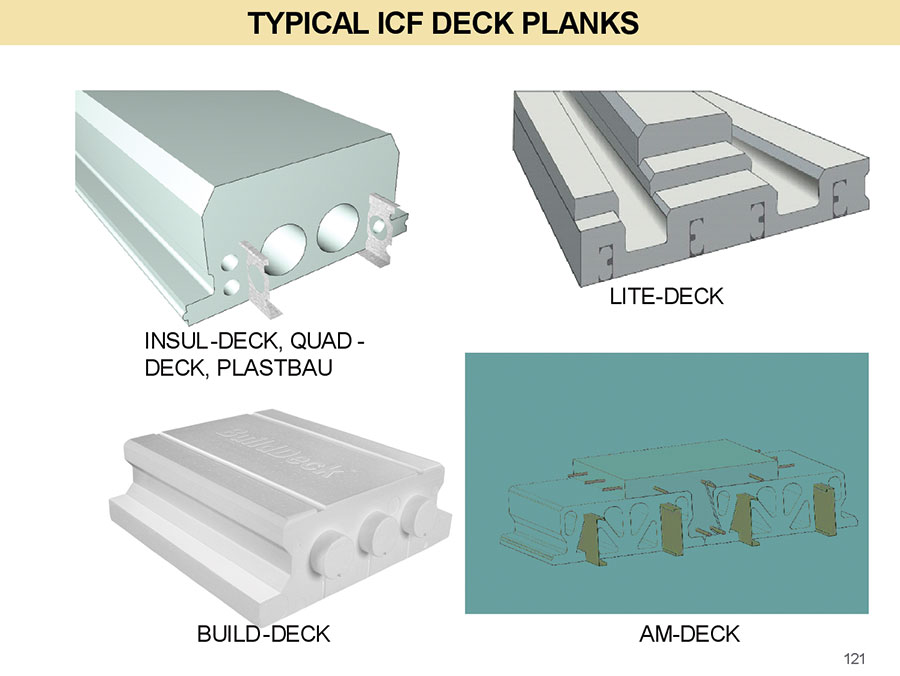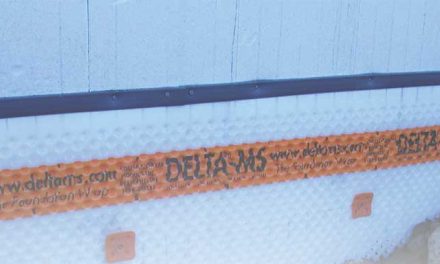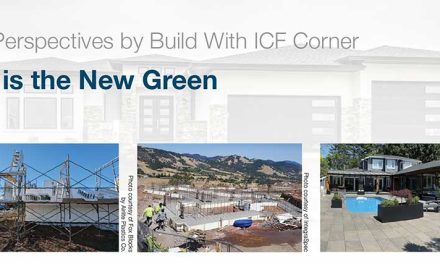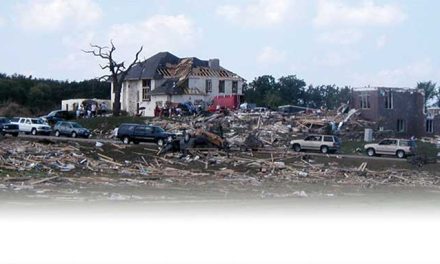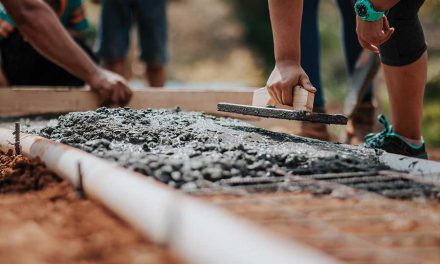News stories telling about regional devastation resulting from natural disasters–floods, earthquakes, firestorms, tsunamis, avalanches (mud and snow), tornadoes, hurricanes (typhoons) – seem to be a “regular” part of life.
This article is oriented towards building replacement houses in regions of the world outside of America, for example, the Indian Ocean basin, Bangladesh, islands targeted by typhoons in the Pacific, islands off the coast of Florida assaulted by hurricanes, earthquakes in China and so on. Some of the comments and details may be applicable to typically larger homes in North America.
In different parts of the world, neighborhoods, villages, towns, cities and even large regions are devastated or sometimes completely wiped out, often with vast damage and loss of life. It is difficult to predict when such events will occur, but regions where these phenomena occur often have an unhappy history of repeating the same kinds of events.
There are some locales in the world where even constructing disaster-resistant-shell (DRS) houses simply will not avert human disaster — such as in the shadow of Mt. Vesuvius volcano. While houses can be constructed which will maintain structural integrity, other factors such as volcanic ash, fumes and lava flows will simply obliterate biological life. Why people continue to build and rebuild houses in such a region is a matter for psychologists and philosophers to ponder, not architects or structural engineers.
However, it is feasible to rebuild in such a way as to ameliorate the future effects of most of the commonly recurring villains — fire, wind, water and earthquakes.
Traditional house construction styles around the world vary substantially in architecture and methods used to build them. For a particular region, the designs of houses have been the result of tradition, historically built in a primitive form in the beginning and then generally improved over time to their present state of the art. This applies to developed as well as to underdeveloped countries. In other words, they have evolved according to the practicalities of available building materials, quite often oblivious to the considerations for building houses capable of successfully enduring the destructive forces of nature.
This condition exists worldwide, not just in primitive regions. The United States and Canada are classic examples. Starting with shelters made out of logs, house construction evolved from wood products because of the great abundance of forests. Form, cost and comfort controlled the evolution. Periodically such houses are damaged and/or destroyed by the forces of nature such as earthquakes and high wind velocities. Every year, such houses are splintered into kindling wood and toothpicks by violent winds of tornadoes and hurricanes. Even so, often the houses built to replace the destroyed dwellings have the same structural limitations to stand up to nature’s bullies.
In the lesser developed regions of the world, the same condition exists. Financial resources are often extremely limited. So the post trauma administrators are faced with the dilemma of rebuilding the destroyed housing inventory in a condition that will again destroy them during the next disaster, or, house construction will reflect the technology that will reproduce them with disaster-proof techniques.
This function is nearly always one of the availability of funds and the wisdom of the administrators. No attempt is made here to address the financial considerations. It is more the function of this presentation to show that disaster-proof house construction is absolutely doable. And perhaps at a surprisingly comparative cost— less than expected.
During the past century, usually after a region of the world has been stricken by a disastrous act of nature, it has been the traditional practice of benevolent foreign government and private organizations to take action to help the stricken inhabitants.
Immediate disaster relief is usually provided in the form of emergency services such as providing clean drinking water, food, temporary shelter, emergency medical attention and burial. Following after the above mentioned services comes demolition and disposal, restoration of infrastructure and reconstruction of living spaces. Living spaces may include single-family and multi-family structures.
This article is written to describe a practical approach to building resilient single family houses that will not be destroyed by future disasters of the kind that provokes this discussion. Such houses can be designed by architects and structural engineers to be highly disaster-resistant under the umbrella of extreme natural disasters normally expected to re-occur in a certain region, and for practical purposes, the houses may be called “disaster-proof.” This does not mean that they will survive a direct meteor strike or a ground zero atomic bomb, but these are unpredictable forces for which appropriate engineering techniques are not yet known.
For example, just as we use the term “fireproof” to describe certain types of construction, we have to realize that nearly almost anything can be destroyed by a fire of high-enough intensity. The objective is to build a structure that is sufficiently “fireproof” as to endure the normally expected fire event, thus minimizing, or even totally eliminating if possible, damage to the contents and occupants.
One of the most “fireproof” construction materials in the world is reinforced concrete. Building codes describe in more detail than here the degree of fire resistance required to maximize the survival of the building and its occupants in various ways.
The use of the term “low cost” is also subjective and will have a number of different meanings to different readers. As used here, it represents the likely lowest cost to produce sustainable and practical disaster-resistant houses.
To design and produce a house with less than the structural integrity required to do the job would, in the author’s opinion, represent a dereliction of engineering and architectural morality. Unfortunately, some regional governments allow the reconstruction of new houses to the same standard as the ones that were destroyed. This article is not directed at such bodies, but instead to agencies and private organizations that seriously wish to replace the destroyed homes with durable and comfortable structures which are specifically tailored to the demands of expected future disasters typical of the region.
Can lower cost houses than those discussed here be produced? Of course. But the question is: can they be produced with the required integrity to truly perform the service they are expected to?
So the author will discuss only the parameters necessary to achieve a safe and durable house structure at the lowest possible cost consistent with achieving the requisite safety. A decision to rebuild with materials and methods that have proven unsafe for the region is unsound and in some cases insane, both fiscally and socially.
The following parameters are recommended as being minimum conditions for achieving the goal of sustainability.
Design
Materials of Construction:
• The house must be totally reinforced concrete – floors, walls and roofs.
• For regions not accessible to precast concrete, walls will be cast-in-place.
• All roofs must have a component of cast-in-place reinforced concrete in order to provide a diaphragm.
For reasons explained later in this article, it is recommended that forms for the cast-in-place concrete be insulating foam plastic, expanded polystyrene (EPS) being the preferred material, intended to remain in place in the concrete assembly. Such forms are known generically as ICFs (Insulating Concrete Forms). They are recommended not only for energy conservation, but more importantly for the ease in which they can be assembled in remote areas.
Houses constructed with this approach are also highly resistant to deterioration from decay, mold, insect damage, vermin attack, and other hazards commonly associated with wood construction.
Structural Design Minimum Requirements:
- The house will be designed as a three-dimensional structural box or shell – walls, roof and floors.
- Walls, roof and floors shall be tied together with specially detailed rebars.
- Design for maximum expected earthquake.
- Design for winds to 350 mph (525 kph) to provide for tornado wind velocities.
- Foundations should be designed and built to fit the particular environmental hazards expected and their function should be considered independently from the structural shell of the house, even though they will be wedded to the house shell box.
- Floor slabs on ground should be ribbed or otherwise strengthened so that they are a structural part of the shell and figuratively be picked up off the ground and still maintain their structural integrity.
Structural Details:
- The concrete walls shall be 4 inches (10 cm) thick minimum
- The concrete roof shall be designed according to traditional ACI 318 (Building Code Requirements) tee-beam structural practice with a minimum flange thickness of 2 ½ inches
(6 cm). - Where movement of the entire house shell is anticipated such as in floods, storm surges or slides, the walls shall be anchored to driven or drilled piling.
- If the house is supported off the ground to isolate them from high water, all reinforced concrete columns and/or walls shall be designed for anticipated lateral forces being applied from any direction.
Architectural details:
- Minimum overhang will be 18 inches (45 cm) to provide for more shelter to the walls and windows and to direct rainwater away from the foundations.
- Window and door bucks and frames will be fire-resistant and not subject to rot.
- All windows shall be storm- or fire-shuttered as appropriate.
- Window glass shall be thermopane or better.
- Doors and their frames shall be steel or steel-jacketed wood.
At the top of the page is a view of a small (700 sf) low-cost all-concrete non-insulated disaster-resistant shell low income house constructed under a California program for housing migrant agricultural workers in 1967.
Below is a suggested floor plan of the home shown above, developed by the California Department of Housing and Community Development for housing migrant working families.
The layout of the floor plan for any house is a matter of taste and preferences. The figure above features a floor plan for a house of about 700 square feet (70 square meters) which has actually been successfully designed and constructed in areas housing migrant workers. It has been quite successful and represents many of the considerations one should think about in laying out a floor plan. A few of these are:
- One of the larger rooms is reserved for activities that bring the entire family together. It combines the functions of kitchen, dining area and living room, all places where the family has a common social interest.
- The master bedroom is isolated which helps to improve privacy for the parents.
- By dividing a dormitory room into two sections with a closet partition, children can be provided for, perhaps with a lower age group on one side and an older group on the other side of the partition. With two bunk beds in each space, up to eight children may be accommodated in the dorm.
- A back door to the house accommodates people coming home from work who may wish to clean up before coming into the main part of the house. Dirty clothes can go directly into the laundry, a shower can be taken and clean clothes from closets and shelves in this area can be donned before entering the house proper.
In the case of this relatively small house which is designed as a disaster-resistant shell with a concrete roof, it does not require any internal walls to support the roof. So the arrangement of the non-bearing interior partitions can be sensibly arranged.
As in the case of the structural and architectural details, the floor plan may be varied as desired, but the one shown here offers some time-proven ideas for planning the layout.
Construction
Concrete Forms (RCFs)
Concrete starts life in a fluid condition, subject only to the force of gravity on the trip from the mixer to its intended final position. Unless it is confined or molded into a useful building material, it just flows downhill.
In order to mold it into a myriad of useful shapes, containers called forms have evolved over the years. For more than a half century, all kinds of forms have been developing. Until only a little over the past decade, the forms were normally removed and either reused, salvaged or discarded.
Their primary function has been to shape the final profile desired by the designer. They have been called “removable concrete forms,” “reusable concrete forms,” or simply RCFs. One only need visit the annual World of Concrete exhibits to witness the endless variety of concrete forms and forming materials. They have been used extensively for both precast and cast-in-place concrete. RCFs usually perform a singular function – that of molding the concrete.
Insulating Concrete Forms (ICFs)
A new category of concrete forms has been evolving over almost the past two decades which perform functions in addition to simple confinement. They are “stay-in-place” forms that are fabricated from insulating foam plastic. A major category of this kind of form that is growing in popularity has taken the name of insulating concrete forms – ICFs. These are generally manufactured using expanded polystyrene (EPS).
Based on over fifty years in concrete construction work, the author has subjectively prepared the table on the next page showing a comparison of RCFs and ICFs from the viewpoint of applicability to rebuilding housing inventory in a remote region after a disaster like the 2004 Indian Ocean tsunami which devastated such a huge area and variety of coastal region habitations.
Insulating Concrete Wall Forms
A relatively new method of building with cast-in-place concrete is facilitated through the use of insulating concrete forms (ICFs). A search of the internet will show a variety of ICF wall systems, functionally similar, but with different features and details for each individual insulating form manufacturer.
With this new approach to building houses, the practice is gaining recognition throughout the world especially in the more industrially advanced regions. Not only does the building method create energy-conservative houses, the most powerful argument for its utilization is that it lends itself very well to constructing houses with very high structural capabilities. And it does so without requiring sophisticated design techniques that are not already well known to engineers as well as contractors and which are not already provided for in existing building codes.
Thirty-one manufacturers of ICF wall forms are listed on pages 23-26 of the December 08/January 09 issue of ICF Builder magazine. It can be seen from this table that the manufacture of ICF forms has become a mature industry. Many have a number of important building code approvals. Most of the suppliers provide comprehensive installation manuals. A significant number provide training classes. The majority of the suppliers provide on-site guidance.
The above drawing shows a cross-section through a typical ICF house shell. A sloped roof is recommended because it provides for positive run-off of rainwater. Sloped roofs, if constructed with careful attention to the quality of concrete and the methods used to place it, may not require any additional roof covering materials in order for a reinforced concrete roof to function without leaking.
The connection details shown below exhibit the design considerations for creating a three-dimensional box frame of high structural integrity.
Typical Wall To Roof Connection (Detail B)
(Showing Suggested Forming)
Typical Ridge Beam Detail
Section Through An ICF Roof Deck Showing Tee-beams
Summary of Features of ICFs
Inasmuch as reinforced concrete houses are the subject of this article, the challenge then is to provide a method of building that is not too costly or labor intensive, one which does not require sophisticated and expensive machines and equipment which may not be available in remote disaster areas where the construction is needed.
Most likely the feature of this method of construction that is of utmost utility is the simplicity of the concept and the ability of ordinary workers to be trained quickly in mastering the techniques of construction. Here are some of the features:
- There is no requirement for specialized equipment in order to accomplish the work. Although the use of ready-mix concrete equipment and concrete pumps would significantly enhance the construction effort, such equipment is not absolutely indispensable when it is not available.
- Insulating concrete forms for the concrete walls are so lightweight that they can be easily handled by one man. For the same reason, a large number of forms can be transported with light equipment and even helicopters to remote regions.
- Two workers are used for installing the roof plank forms because even though one person can easily lift a roof plank form, it takes two persons to properly set the ends accurately in their correct locations. Two workers are positively needed when the roof forms are being installed in windy conditions.
- After the concrete is placed, the forms stay in place and perform as insulation to reduce the migration of heat energy.
- A minimal amount of training and sophistication is needed by the workmen. Top-notch training manuals and aids for this purpose have been developed by ICF form manufacturers.
The reinforced concrete in the walls is sandwiched between layers of high efficiency foam insulation. It is thus protected from exposure to extremes of temperature, either interior or exterior. The concrete fill between the panels of insulating materials acts as a natural damper to the quick flow of heat energy and thus acts to resist quick changes of temperature through its “thermal mass.”
Examples Of Insulating Concrete Roof Forming Planks
Conclusion
With adequate supervision and training of workers, the concept of design and construction presented here is one which is quite achievable in almost any locale of the world. It provides for a house that is sustainable, safe and comfortable. It is not experimental, either from the standpoint of structural analysis or in the method of construction. Existing building codes can readily be adapted to its construction. The structural design is not exotic or unusual. The contemporary provisions of ACI 318 Building Code Requirements, without modifying the code, are completely valid for its design and analysis. This house is an example of one that is practically achievable and will provide sustainability for many generations of tenants. It is not the lowest-cost house that can be built in a disaster-prone region, but it is a low-cost one that can be lived in without fear of not surviving the next disaster typical to a region. Why would anyone rebuild a house with the same design and construction considerations of the past in a disaster-prone region knowing that it again may kill or injure the occupants when the next big natural disaster occurs? Knowing that disaster-proof technology is readily available – and ignoring it – rises to the level of incompetence and a lack of human compassion.

